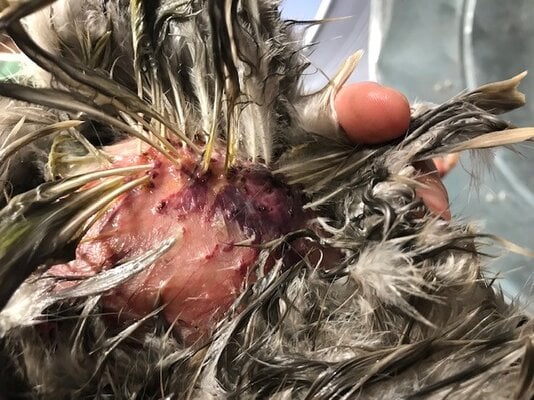- Feb 23, 2016
- 28
- 7
- 89
Last Thursday, my Azure Egger (age 4) exhibit symptoms that I thought were along the lines of Vent Gleet -yellowish/white discharge, hunched over, not eating or drinking. Comb is bright red. No poop, only green, yellow droppings (I remove poop piles daily from the coop). Haven't seen any blood. Her belly felt swollen. Didn't feel a broken egg inside, so I thought it may be vent gleet. Started treating her with Micronzole, a bit of yogurt with Nutri drench and cleaned her vent area. Before I witnessed her symptoms, I treated the flock with the preventative dose of Corid (we've had some storms come through). Also, we have been experiencing warmer than usual temperatures which I read can trigger vent gleet. Since last Thursday, I've been repeating the treatment daily. Added ACV to the water for a few days. She's better, tail is upright. Caught her drinking water on Sunday, she's eating some mash out of my hands. Scratching at the ground. She does roost with the others in coop at night (bedding consists of pine shavings) However, I noticed purple skin near where her small intestines are located.
No one else in the flock are experiencing these symptoms. I've sent a fecal sample for testing, just to be sure. I'm relieved she's eating and appearing better but I'm concerned about the purple splotch- see photo. Does it look like maybe she was attacked by the other hens? Or am I totally off on my diagnosis and therefore treatment?Appreciate any advice!
No one else in the flock are experiencing these symptoms. I've sent a fecal sample for testing, just to be sure. I'm relieved she's eating and appearing better but I'm concerned about the purple splotch- see photo. Does it look like maybe she was attacked by the other hens? Or am I totally off on my diagnosis and therefore treatment?Appreciate any advice!




